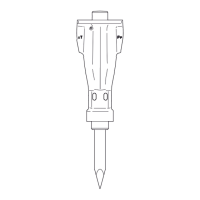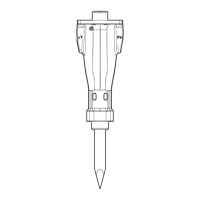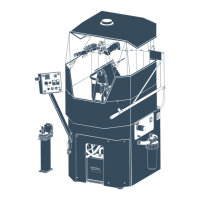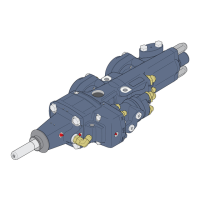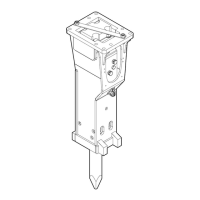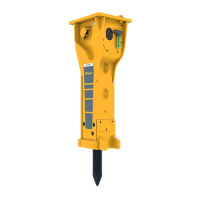Why is my Epiroc SmartROC T35 not cooling well?
- Mmichael62Jul 25, 2025
If your Epiroc Industrial Equipment isn't cooling well, several factors could be the cause. You should check the fresh-air fan and V-belt tension. Also, verify that air is passing through the evaporator in the unit. Ensure the evaporator and condenser aren't clogged and that the air intake filter isn't dirty. Additionally, confirm the expansion valve capillary tube is firmly tightened against the evaporator outlet pipe and check that the thermostat isn't cutting out too early.



